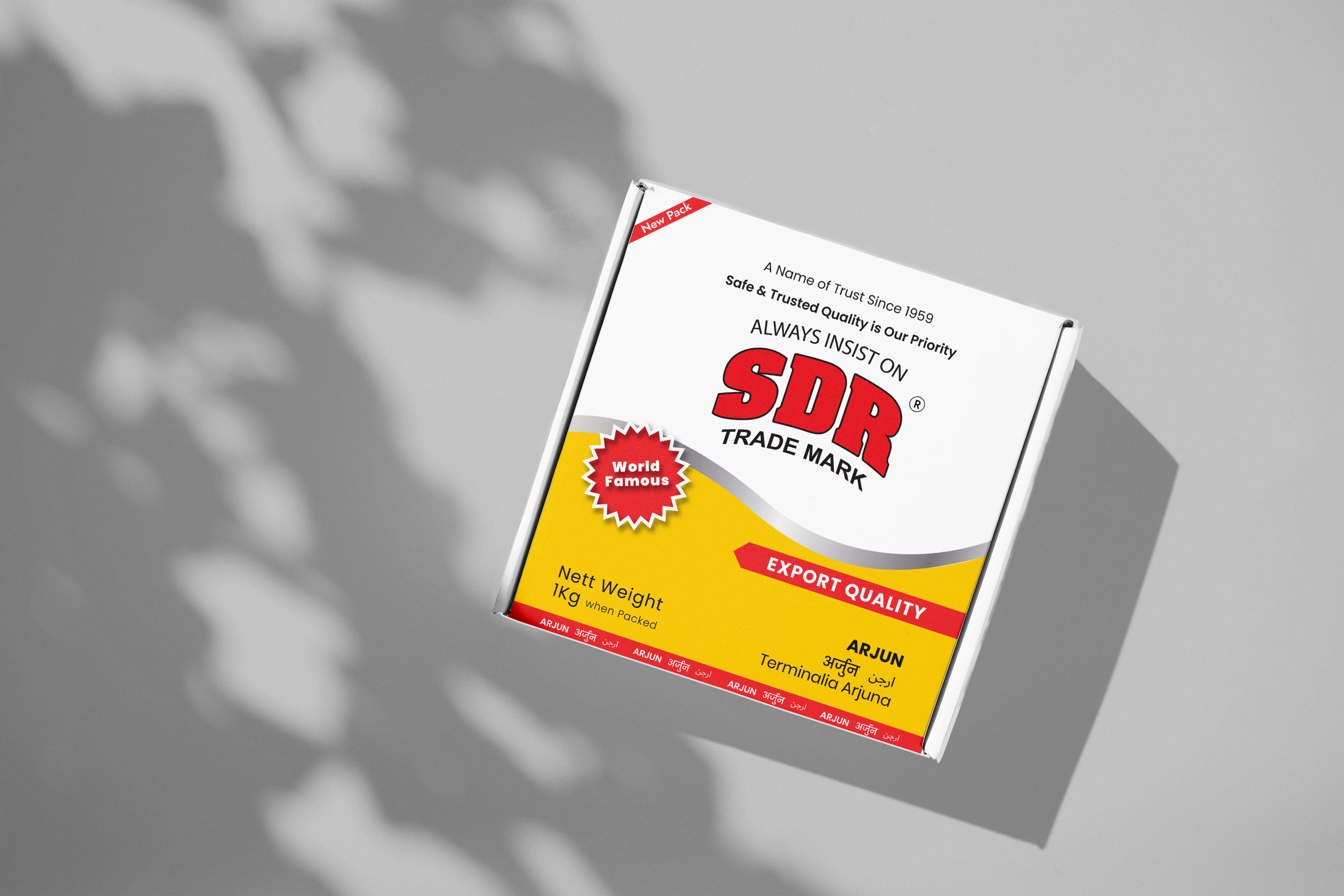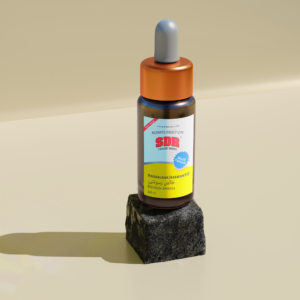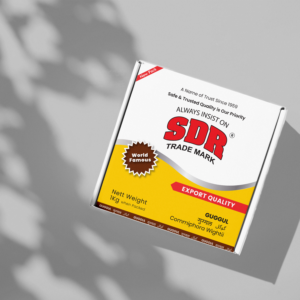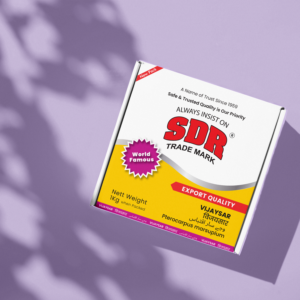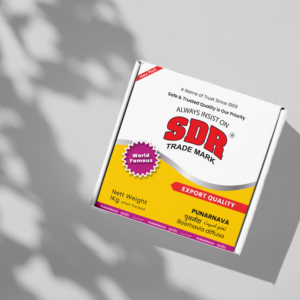Arjuna is the large size deciduous tree. The height of the Arjuna tree reaches upto 60 -85 feet. It is the evergreen tree with the yellow flowers and conical leaves. It has a smooth gray bark. Fruit is 2.5 -3.5 cm long, fibrous woody, glabrous with 5 hard wings, striated with numerous curved veins. It has a buttressed trunk and a vast spreading crown from which the branches drop downwards. Its leaves are dull green above and pale brown beneath. Arjuna flowers between March to June and fruits between September to November.
The Bark of the Arjuna tree contains calcium salts, magnesium salts, and glucosides has been used in traditional Ayurvedic herbalism Juice of its leaf is used to cure dysentry and earache. Arjuna helps in maintaining the cholesterol level at the normal rate, as it contains the antioxidant properties similar to the Vitamin E. It strengths the heart muscles and maintains the heart functioning properly. It also improves functioning of cardiac muscle. Arjuna is used for the treatment of coronary artery disease, heart failure, edema, angina and hypercholesterolemia. Its bark power possesses diuretic, prostaglandin enhancing and coronary risk factor modulating properties. It is also considered as beneficial in the treatment of Asthma.
Its wood is used in boat and house building as it is very hard. Its wood is also used in the making of the agricultural implements and weapons too. It is grown in the cities and towns for the purpose of shade.
